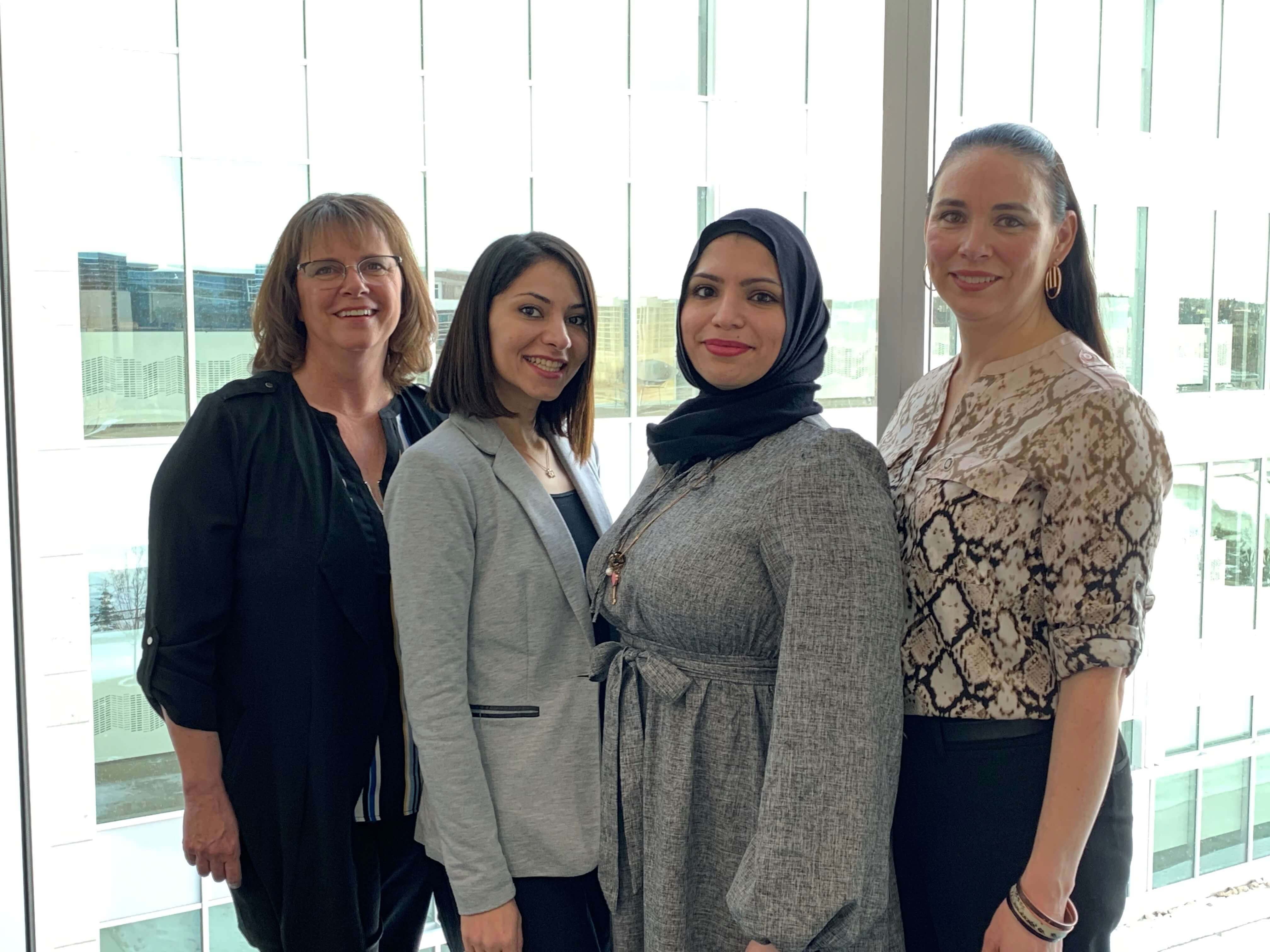.jpg?$cc-s$)
It all began with a site assessment of Kearl through which multiple improvement opportunities were identified, including the fleet downtime associated with waiting for parts. That’s where Farah came in to start sifting through the data. “We say downtime is waiting for parts, but we don’t record anything about why,” explains Farah El Mallah, Reliability Engineer at Imperial.
Farah’s job was to work with people on the ground to do a root cause factor analysis on the downtime events. As she advanced her analysis, she discovered there were multiple, complex causes for the downtime. Addressing them required broader project management and cross-functional expertise to drive collaboration within and between both companies.
Enter Sheryl Hobbs, Project Manager, Finning and Imperial’s Stephanie Robison, Kearl Opportunity Advisor. Soon Imperial’s Simin Sajjadiani joined the fray from Imperial Procurement.
In the end, with the help of many frontline staff and managers across both companies, this team was able to reduce wait times by a staggering 75 per cent. “I don’t know any other instance where we at Finning partnered with a customer to this level to resolve an issue,” Sheryl says.


.jpg?$cc-s$)
Share This